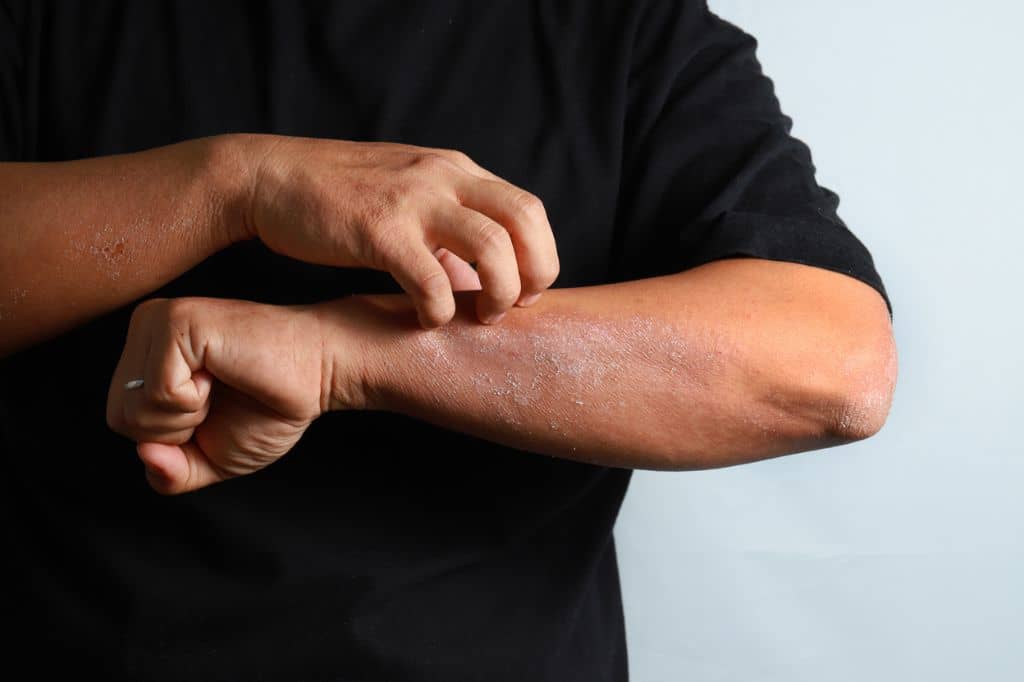The Difference Between Irritated and Non-irritated Seborrheic Keratosis and Your Insurance Coverage
Seborrheic keratosis is one of the most common noncancerous skin growths people experience as they age. While these growths are generally harmless, understanding the difference between irritated and non-irritated seborrheic keratosis is crucial, especially when it comes to treatment options and insurance coverage.

At Cascade Eye & Skin Centers, we’re committed to providing our patients with clear information to navigate their treatment paths effectively. Here’s what you need to know about these conditions and how they’re handled from a medical and financial perspective.
Types of Seborrheic Keratosis
Non-irritated Seborrheic Keratosis
Non-irritated seborrheic keratoses are benign skin growths that appear as brown, black, or light tan spots on the skin’s surface. They have a waxy, scaly, slightly elevated appearance and can develop on any part of the body except the palms and soles. These growths are typically painless and don’t require treatment unless they become bothersome for cosmetic reasons.
Irritated Seborrheic Keratosis
Irritated seborrheic keratoses may become red, swollen, itchy, or even bleed, making them a concern not only cosmetically but also medically. The irritation can result from friction with clothing or jewelry, or they may become inflamed for no apparent reason. Due to the discomfort and potential for infection or other complications, treatment for irritated seborrheic keratosis is often considered medically necessary.
Treatment Options
The treatment depends on the lesion’s size, location, and symptoms. Common treatments include:
- Cryotherapy: Freezing the lesion with liquid nitrogen.
- Curettage: Scraping the lesion from the skin.
- Electrosurgery: Burning the lesion with an electric current.
Insurance Coverage and Financial Responsibility
Irritated Seborrheic Keratosis
Most insurance policies cover the treatment of irritated seborrheic keratosis because these lesions are considered medically necessary to treat. The discomfort, potential for infection, and other complications make it essential to address these growths promptly.
Non-irritated Seborrheic Keratosis
For non-irritated seborrheic keratosis, as well as other benign skin lesions like skin tags and cherry angiomas, treatment is usually considered cosmetic. Since these conditions don’t pose a health risk, insurance plans typically do not cover their treatment. Patients opting for removal for cosmetic reasons will be responsible for the costs.
Cosmetic Treatments and Appointments
Patients interested in cosmetic treatments for non-irritated seborrheic keratosis or other benign lesions should be aware that they will need to cover the treatment costs out-of-pocket. Additionally, depending on the provider and the type of service required, patients may need to return to the clinic on a specific day dedicated to procedural services for cosmetic issues. This “return to care” (RTC) approach ensures that patients receive the most appropriate and efficient treatment for their cosmetic concerns.
Making Informed Decisions
At Cascade Eye & Skin Centers, we believe in empowering our patients with information to make informed decisions about their skin health and treatment options. Understanding the difference between irritated and non-irritated seborrheic keratosis, along with the implications for insurance coverage and out-of-pocket costs, is an essential part of this process.
If you have concerns about skin conditions, we encourage you to schedule a consultation with our team. We’re here to provide you with the care and guidance you need to achieve the best possible outcomes for your skin health and aesthetic goals.




